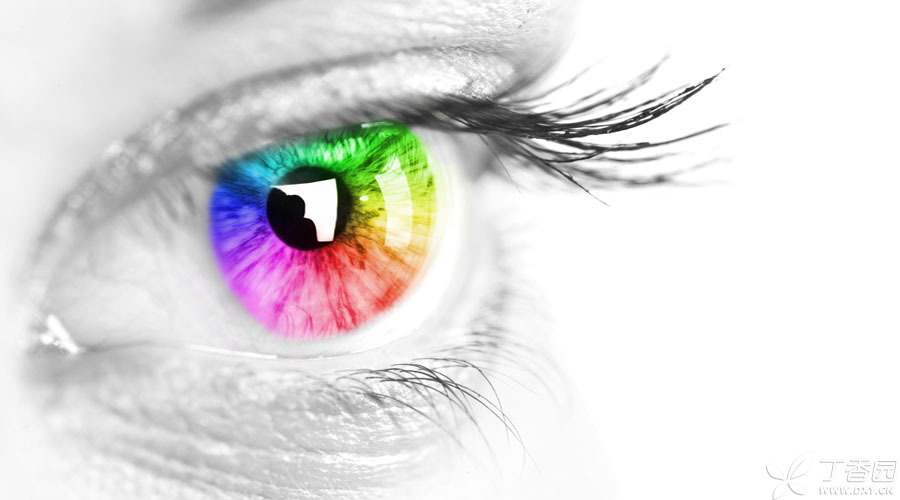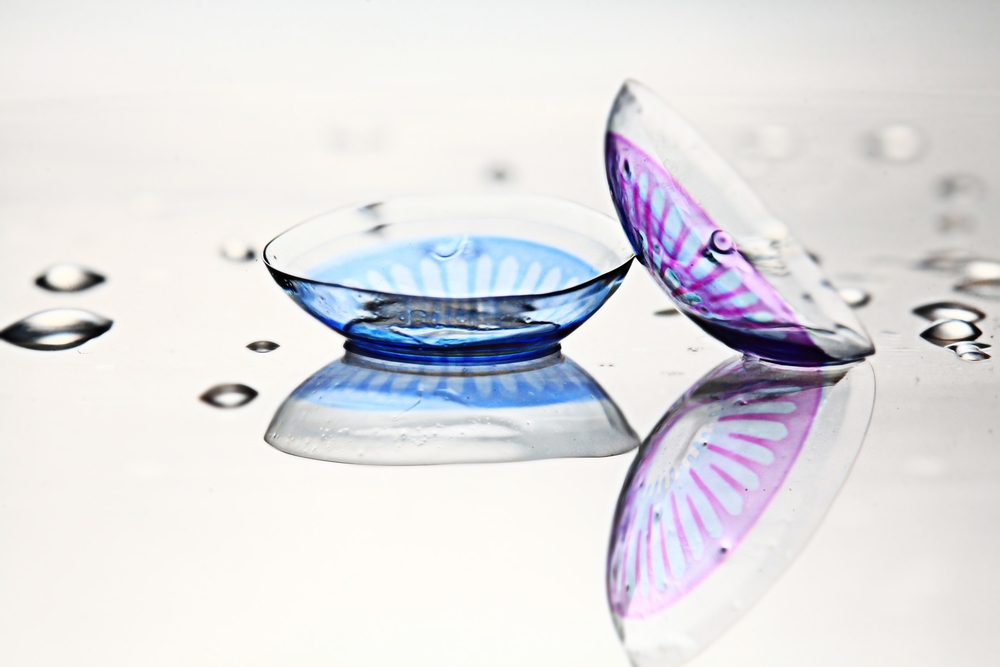
Originally only a registered trademark of a commercial company, it has become a proxy for all color contact lenses on the market.
Since its launch, beauty pupil has become popular throughout Asia because of its beauty effect, and millions of people wear it in China alone.
Although it is only a layer of iris-like pigment layer more than ordinary invisible eyes, it not only adds points to beauty, but also brings you unpredictable risks.
Beautiful pupil will fade
When ordinary contact lenses are not worn properly, all problems encountered will appear in the beautiful pupil. For example, eye sensitivity, dry hair, keratitis, conjunctivitis, corneal injury, corneal edema, corneal ulcer, giant papillary conjunctivitis and other complications.
In addition, [Meitong] has an additional layer of pigment. Large manufacturers usually adopt a [sandwich] structure to sandwich the pigment layer between the lenses.
However, many color contact lenses are not up to standard because of the technology of the pigment layer, and cannot be fully wrapped with pigment, which is easy to cause problems such as pigment falling off and adhering to bacteria. There are also some manufacturers who will directly attach pigment to the inner surface or outer surface of contact lenses.
The American Journal of Clinical and Experimental Optometry published a study in 2014, testing the pigment distribution of 7 kinds of color films on the market. The results showed that the pigment of some of the color films was exposed to the lens surface and did not completely wrap the pigment as claimed by various manufacturers [1].
If the pigment is not completely wrapped by the lens but exposed on the surface of the lens, it will not only increase the roughness of the surface of the lens, but also cause more bacteria and microorganisms to adhere to it, and at the same time greatly increase the risk of fading.
Similarly, if the pigment process does not meet the oxygen permeability requirements, it will also affect the oxygen permeability of the lens, resulting in a greater possibility of complications than ordinary lenses, seriously threatening the eye health of the wearer.
If symptoms such as red eye, eye itch, foreign body sensation, secretions, photophobia, tears, eye pain and the like occur during wearing, stop wearing and seek medical treatment in time.
Can pigment stick to eyes?
This is the concern of many people wearing color contact lenses. As mentioned earlier, the pigment of many color contact lenses is not completely wrapped in the middle of the lens, and some pigment appears on the inner and outer surfaces of the lens.
The inner surface of the lens is in direct contact with the cornea, so the pigment of unqualified color contact lenses may adhere to the cornea and conjunctival surface.
In most cases, when the pigment falls off on the ocular surface, there will be a strong sense of foreign body, tears will increase secretion, and the pigment will be washed away by tears.
However, in a few cases, the pigment will stick to the depth of the conjunctival sac, and tears cannot wash it away. Strong foreign body sensation always exists. I have encountered similar cases in the emergency department. Some patients come to see a doctor because they are uncomfortable wearing beautiful pupil. In fact, the pigment falls off, and ophthalmic flushing can solve it.
When you are wearing a beautiful pupil and have a persistent and strong foreign body sensation, remember to seek medical treatment in time. Even if it is not a pigment loss problem, it can also help you to have an eye examination. After all, wearing contact lenses is still a risky thing.

Not cosmetics, but high-risk medical devices!
Most women tend to regard color contact lenses as cosmetics and do not pay special attention to the purchase channels. There are many brands on the market and the quality is mixed with good and evil people. Wearers can buy color contact lenses in beauty shops, online and even roadside stalls.
However, it is not a cosmetic. Whether it is a degree of beauty pupil or a flat beauty pupil, it is a medical device with higher risks. China Food and Drug Administration has already clearly classified it as a Class III medical device (the highest risk category is because it directly contacts the cornea).
Wearers must go to optician shops with relevant qualifications to buy large brands and regular color contact lenses.
The matching process is the same as that of ordinary contact lenses. Before wearing it, you need to go to a special matching center of a medical institution for eye examination and evaluation, and after matching, you need regular follow-up.
For the follow-up schedule of reexamination, it is generally recommended to be 1 week, 1 month, 3 months and every 3 ~ 6 months after wearing the mirror.
Special Tips for Safe Wear of Contact Lenses
1. Replace lenses on time and regularly, and do not extend the service life arbitrarily.
2. Observe your eyes before wearing the mirror. If there is any abnormality, you should stop wearing it and go to the hospital for examination in time.
3. Nursing liquid and other nursing supplies shall be used within the specified time (generally not more than 3 months).
4. Wear mirrors and conduct reexamination according to the specified time.
Editor: Fei Fei
Author: Shen Xuzhong
This article is exclusively authorized by the author to be used by Clove Garden and refuses any other form of reprinting.
